Where does Gold O come from?
The export market, especially China, is imposing a series of strict requirements on durian inspection. Among them, yellow O - a banned substance in food, is the "culprit" causing a series of durian batches to be congested at the border gate, even being returned. According to Mr. Le Van Tuan, Director of Minh Lap Fruit Cooperative (Chon Thanh town), this substance is not used by farmers but comes from the post-harvest processing stage of traders. Farmers never use it, only traders process it after purchasing to make it look good, ripen evenly, and be easier to sell.
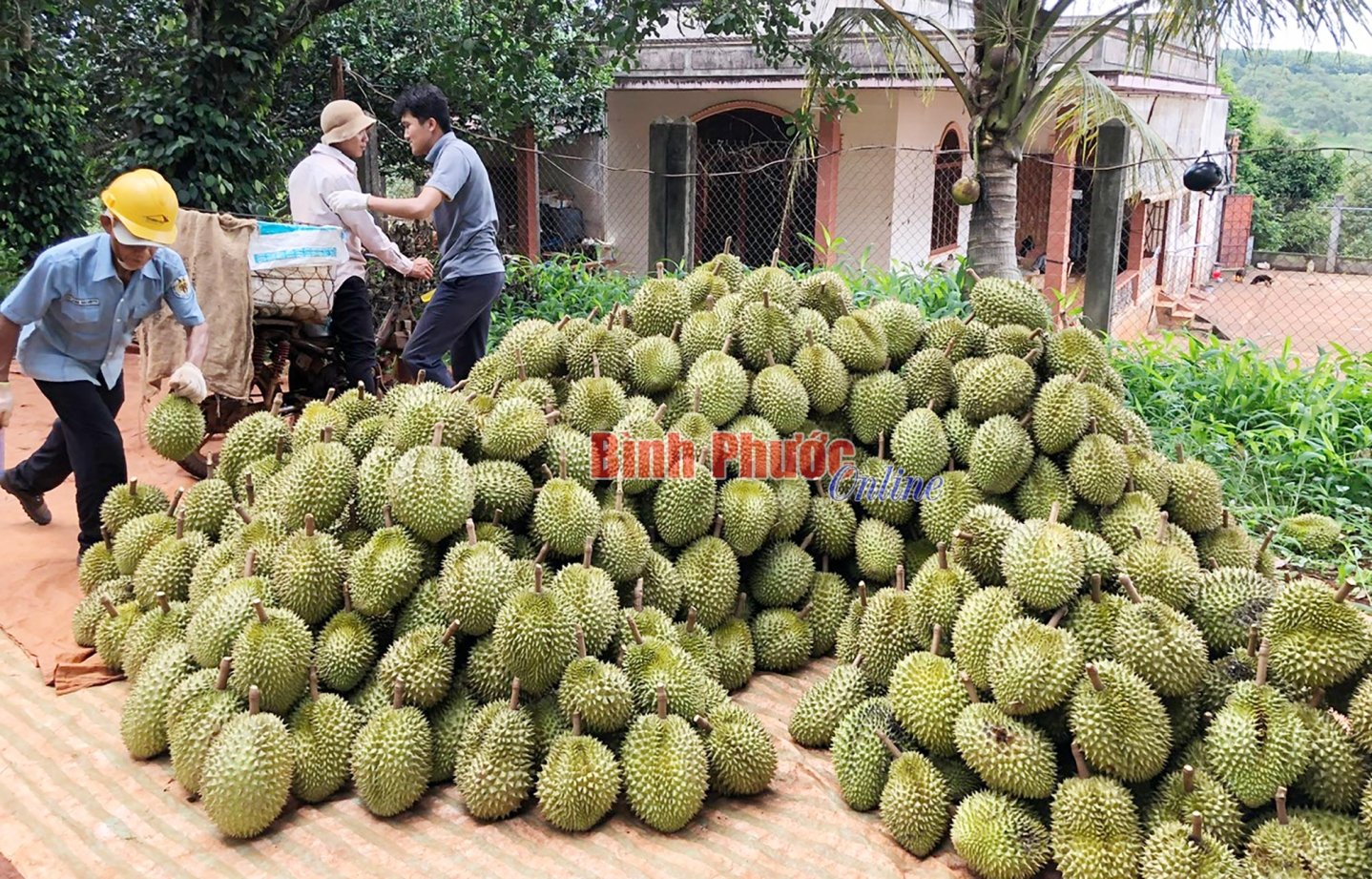
Sharing the same view, Dr. Dang Thi Kim Uyen, Deputy Head of Plant Protection Department, Southern Fruit Institute, shared: “Surely farmers do not know about Gold O, and do not understand the mechanism of use. This comes from traders' warehouses, used to intervene in color and ripeness to serve commercial purposes.”
Thus, the growers do not directly use it, but are implicated and suffer heavy losses. When a shipment is found to have yellow O residue, the whole supply chain is affected, and prices at the garden plummet. "Traders lose one, farmers lose ten" - said Mr. Chau Minh Tam, a farmer in Hamlet 3, Minh Lap Commune, Chon Thanh Town.
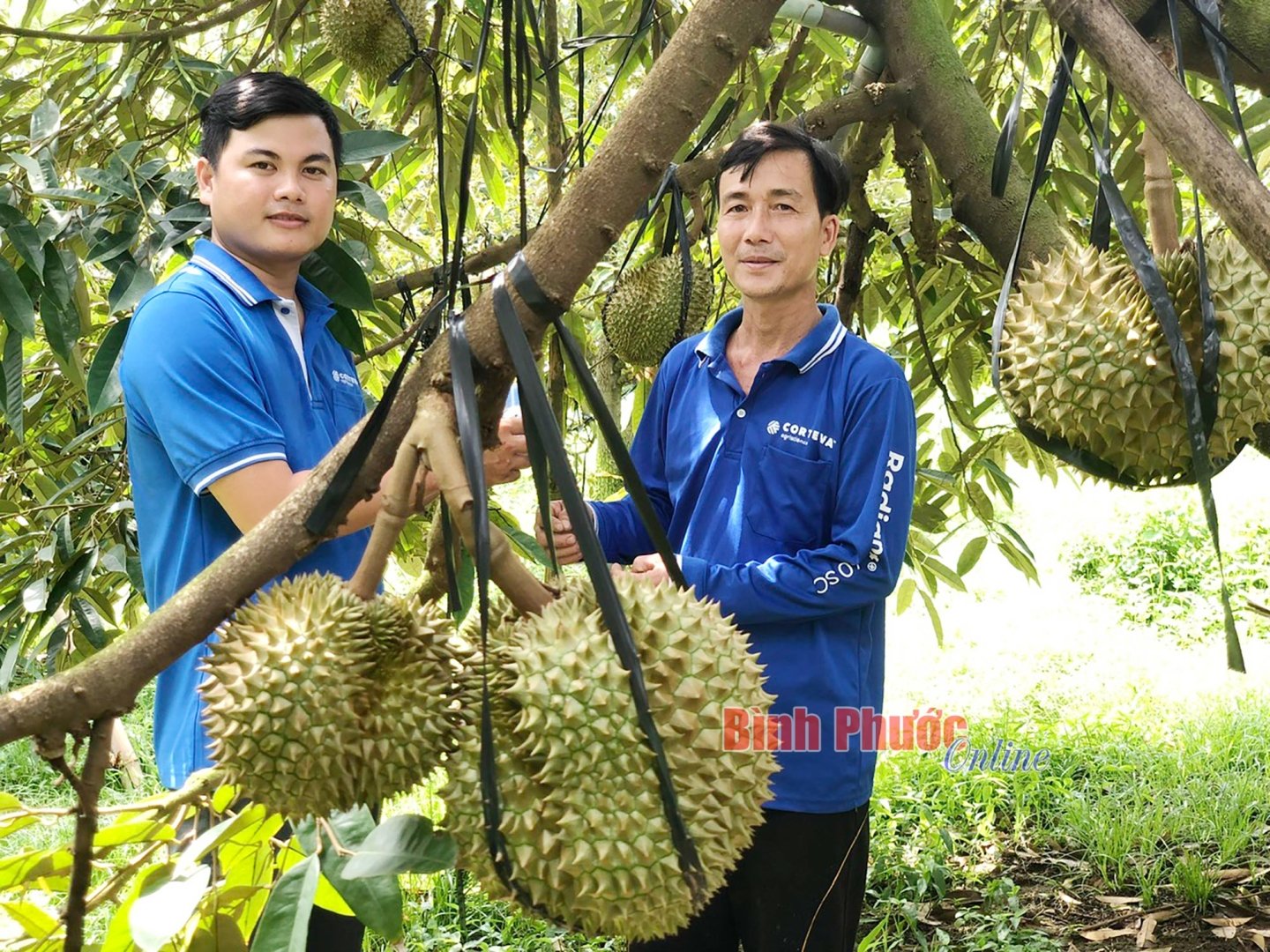
In this situation, especially in order to meet the requirements set by partners, since January 24, 2025, the Department of Agriculture and Rural Development of Binh Phuoc province (now the Department of Agriculture and Environment) has issued Document No. 293 to localities, affiliated units, representatives of growing area codes, export packaging facilities to strengthen inspection and supervision of growing areas and export packaging facilities. Then, on February 25, 2025, the Department of Crop Production and Plant Protection of the province also issued Document No. 121 urging the implementation of inspection and supervision of growing areas and export packaging facilities. Notably, for growing areas and packaging facilities in the province, good agricultural practices (GAP) must be applied, ensuring food safety, product quality, health and labor safety for producers, environmental protection and product traceability; Use pesticides in the list of pesticides permitted for use in Vietnam and ensure that no active ingredients prohibited for use are used according to the requirements of the importing country...
Accordingly, 81 existing growing area codes and export packaging facilities in the province have strictly complied with the instructions of the Department of Agriculture and Environment and the Provincial Department of Cultivation and Plant Protection.
A positive signal and also good news for durian growers is that the General Administration of Customs of China has just approved an additional 829 growing areas and 131 packaging facilities for Vietnamese durian. This is a condition for our country's durian, including Binh Phuoc, to have more opportunities to increase exports again. Thus, Vietnam now has a total of 1,469 growing areas and 188 durian packaging facilities permitted to export to China. This result shows that Vietnam has made remarkable progress in organizing production, controlling quality and meeting the strict technical standards set by China. |
Price difference
Not only affected by the export market, durian growers are also being constrained in their output in the domestic market. Although the price at the garden has dropped sharply, such as the Ri6 variety, which is now only about 35,000-45,000 VND/kg, consumers still have to buy it at double the price in the market.
Trader Duong Thi My Hanh (Dong Tam commune, Dong Phu district) said: "The price of durian at the beginning of the season was 90,000-130,000 VND/kg, now it is only 65,000 VND/kg". However, at traditional markets and supermarkets, consumers still buy it for 80,000-100,000 VND/kg.
Mr. Chau Minh Tam further analyzed: “If the difference was about 10,000 VND, it would still be reasonable. But currently, the difference sometimes reaches 30,000-40,000 VND/kg. Meanwhile, growers do not make much profit, and buyers do not dare to eat because of the high price.” This is turning a potential fruit into a luxury right in its own homeland.
Comprehensive solution needed
The pain does not lie in low prices or slow consumption, but in the fact that those who do the right thing still have to suffer the consequences from others. “If there is just one wrong step in the supply chain, the most disadvantaged person is still the farmer.” Both Mr. Le Van Tuan and Mr. Chau Minh Tam proposed: There needs to be intervention from authorities, especially strict inspection and control of the post-harvest stage, where fraudulent behavior and the use of banned substances can creep in. On the other hand, regulating domestic prices, reducing intermediaries, and building a transparent distribution system, directly from the garden to the market, is also the way to ensure dual benefits for both growers and consumers.
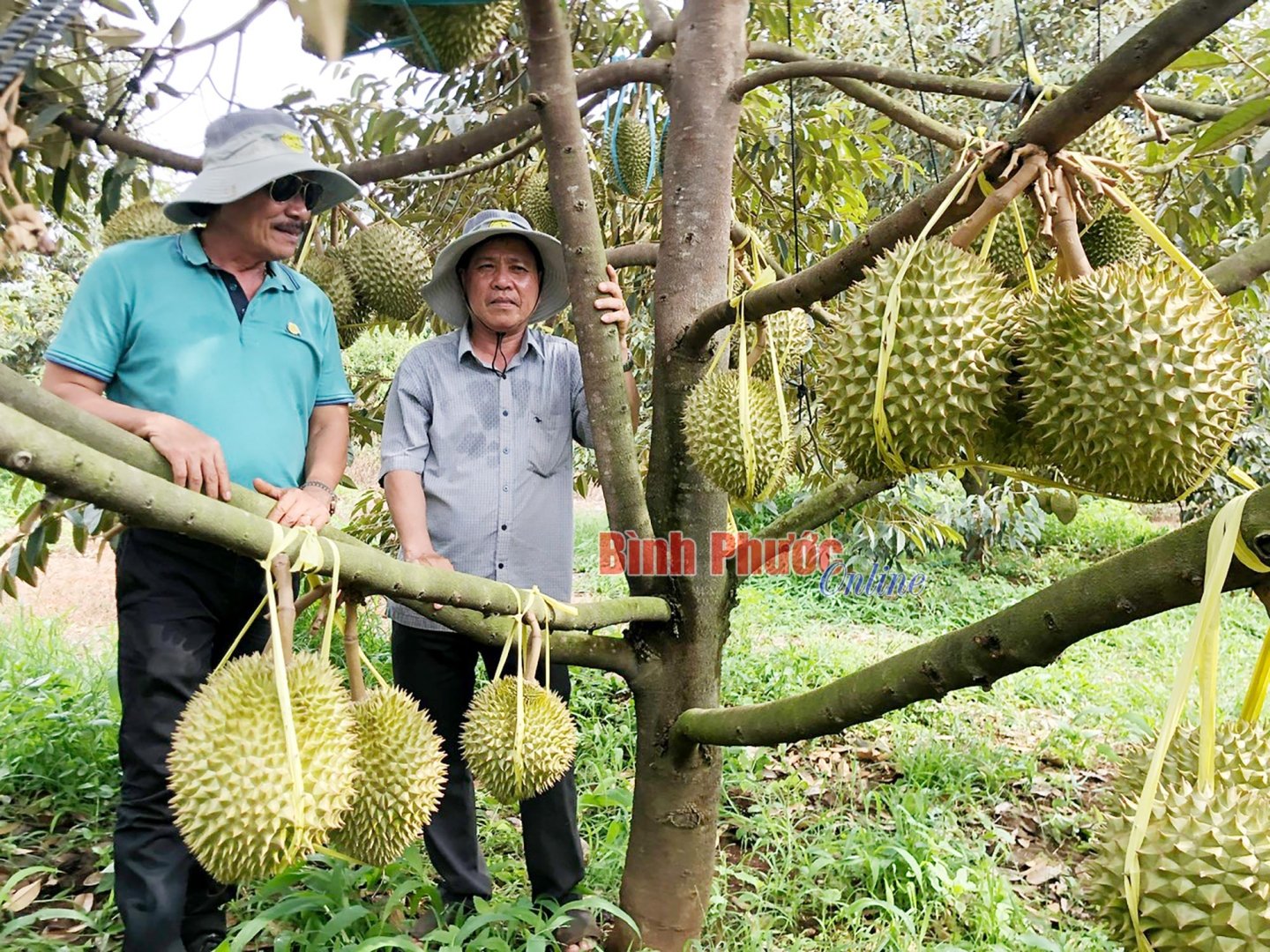
The story of durian is not only a story of fruit, but also a clear demonstration in the agricultural supply chain - where farmers who work hard in the sun and rain often receive the least. A strong, coordinated and responsible action is needed so that Vietnam's delicious durian no longer has to be "bitter" because of the irresponsibility of intermediaries and so that farmers no longer have to suffer the fate of "doing the tangerine, suffering the will".
Source: https://baobinhphuoc.com.vn/news/4/173110/noi-niem-sau-rieng-quyt-lam-cam-chiu


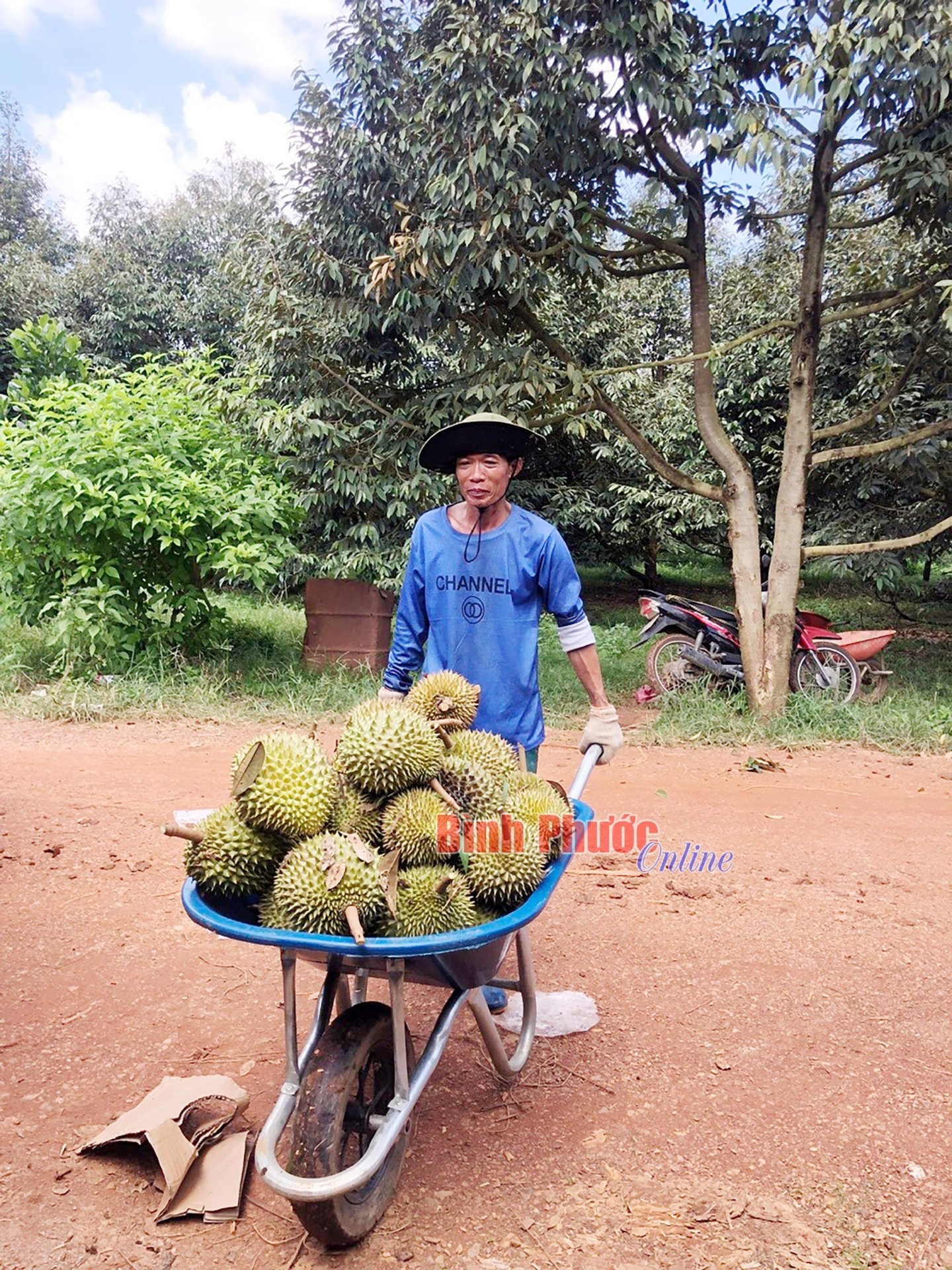
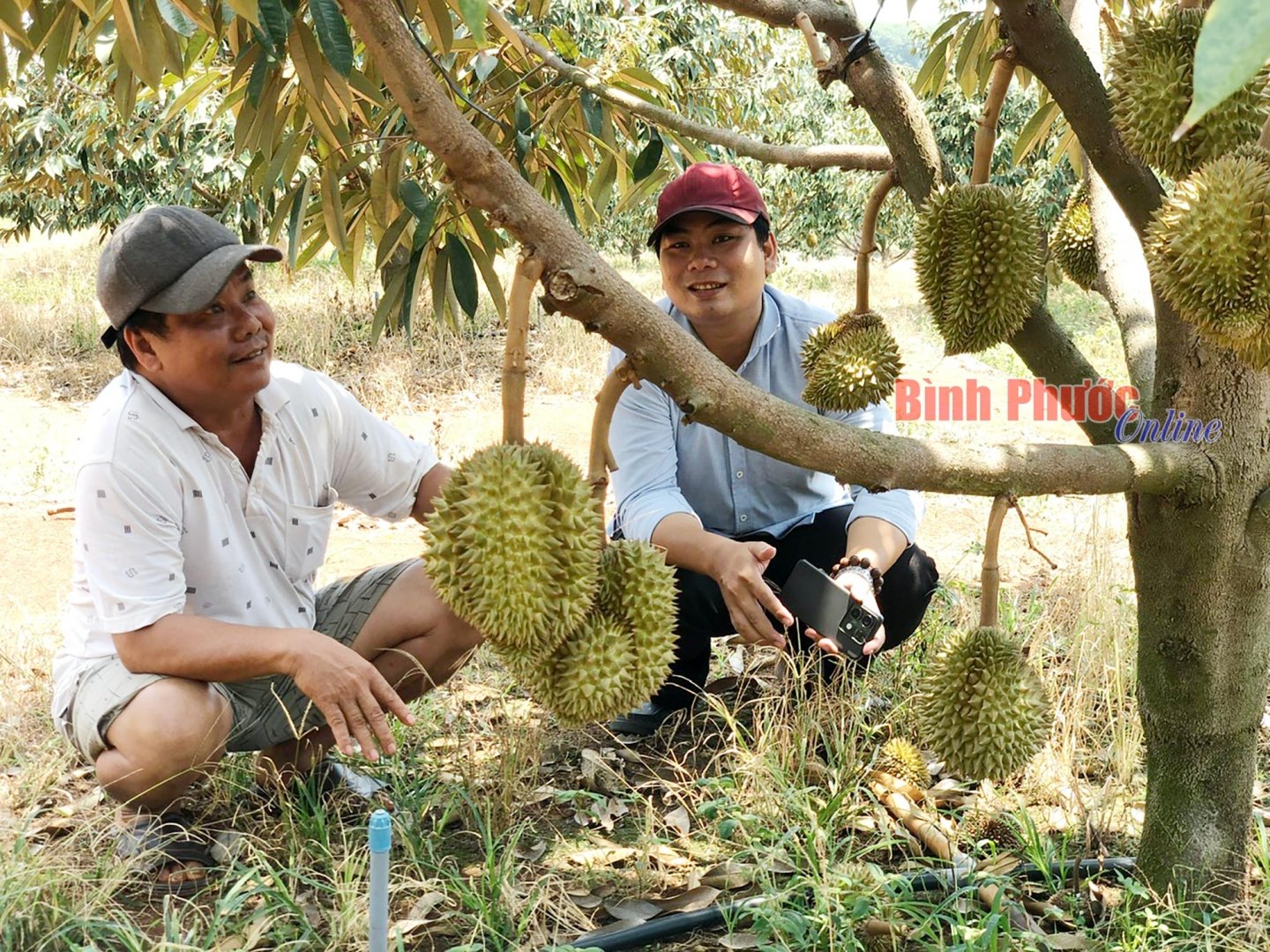

![[Photo] Top players gather at the 2025 Nhan Dan Newspaper National Table Tennis Championship](https://vphoto.vietnam.vn/thumb/1200x675/vietnam/resource/IMAGE/2025/5/23/9ad5f6f4faf146b08335e5c446edb107)








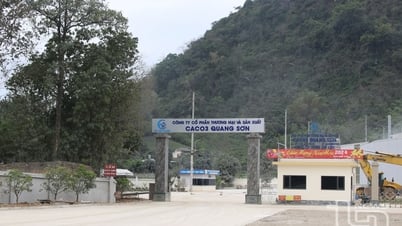





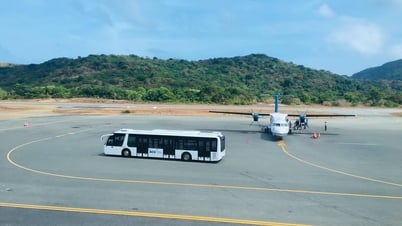





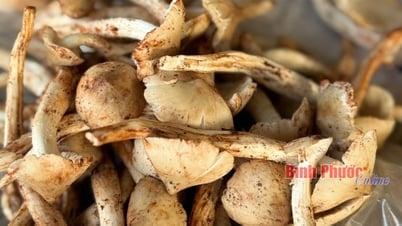
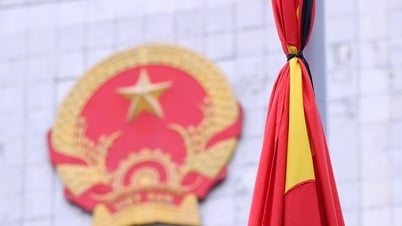
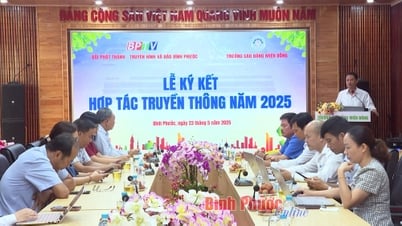
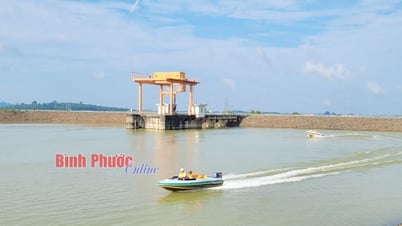















































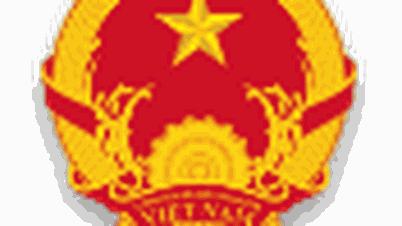


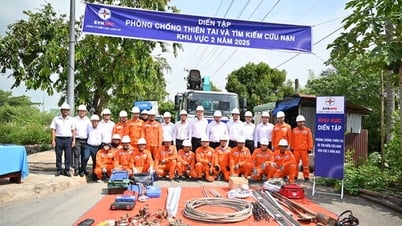

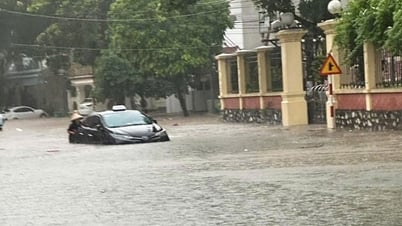
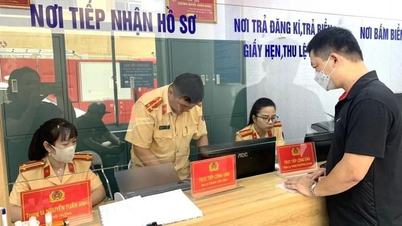












Comment (0)